I’ve already looked at the easiest contenders in part 1 and how to save seed from the likes of pea, tomato, pepper, lettuce and bean but what about other edibles?
I remember when I first got into seed saving for my Guardian gardening blog a few years back, the funny reaction I got from some when I mentioned I was planning to save seed from brassicas. A firm head shake, followed by a sharp intake of breath at the prospect – and yet it isn’t that tricky at all, really it’s not!
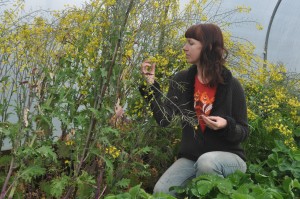
Seed saving used to be an integral part of the gardening calendar – it’s just we’ve moved on and forgotten these once essential skills. Yet it’s more important than ever than we start relearning them now. Plus, there’s the exciting reality that by doing so you will be creating the best seed possible for your individual plot. As the seed you produce will be perfectly adapted to where you garden and stronger, more resilient and productive as a result.
What’s not to like?
It’s unlikely you’d want to save from everything, but whatever you try the golden rule is; make sure you are using non-hybrid seeds to start with. It’s east to check -just have a look at your seed packet, and as long as it doesn’t say F1 or F2 on it – you are good to go.
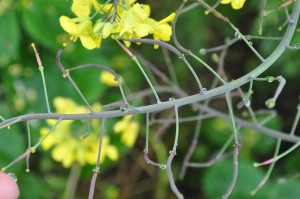
Here are some others well worth trying out
Parsley
Getting parsley seed to germinate can be quite tricky and I found by accident that I got much better results by just leaving a couple of plants in the ground (or in pots) over winter. They scattered their seed the following year. You’ll also end up with plenty of good quality seedlings for yourself and to give away. I mean who doesn’t like parsley?
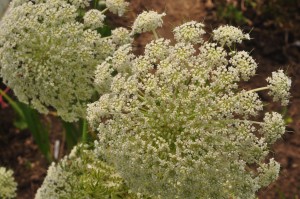
A sheltered spot will be better and if it’s an especially cold winter, they might need protection from the elements.
Kale
Yes it’s a brassica but it’s the easiest plant from this family to work with and, I’d go as far to say, it’s pretty stress-free full stop. You’ll need more plants (at least 20) and as a biennial, they’ll need to grow on into their second year; but don’t panic because this can be done in a patch (8 by 3 ft). Also, they’ll earn their keep as you can eat the leaves right up till they begin flowering.
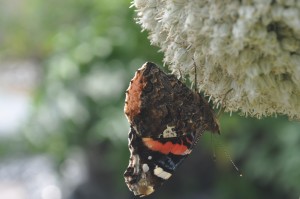
You just need to be careful they don’t cross with any other brassicas which they’ll do readily given half the chance. This could result in something tasty, but equally could mean you end up with a bitter inedible. So it’s best avoided and it’s mainly Broccoli, bolting nearby that you need to watch out for. Otherwise, the seed keeps really well and you’ll have such a huge amount you’ll be able to bag yourself plenty of ‘swapsies’ with fellow gardeners and in turn, a variety of seed for free.
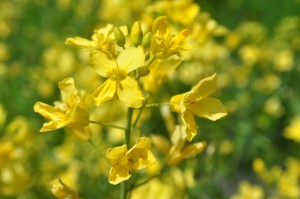
Winter and summer squash
You don’t tend to get many to a packet, yet if you cut into any fruit you’ll see it’s jam- packed with lots of lovely seed. These plants will cross readily with other members of their family so it’s best to hand-pollinate the plants to be sure you get the offspring you’re after. If you’re so inclined, this could be an excuse to get yourself a little bee outfit for the occasion. The Real Seed Catalogue or Garden Organic (Heritage Seed Library) provide an excellent (but non dressing-up related) ‘how to’ online. It’s fun but slightly fiddly the first time you do it and a proverbial piece of cake thereafter.
Vegetables best avoided
The only real ‘no-no’ is sweetcorn (because you need at least 200 plants to do it properly). Otherwise, as long as you avoid using hybrids to start with; pretty much everything else is within the realms of possibility. All you need is a little know how and effort.
